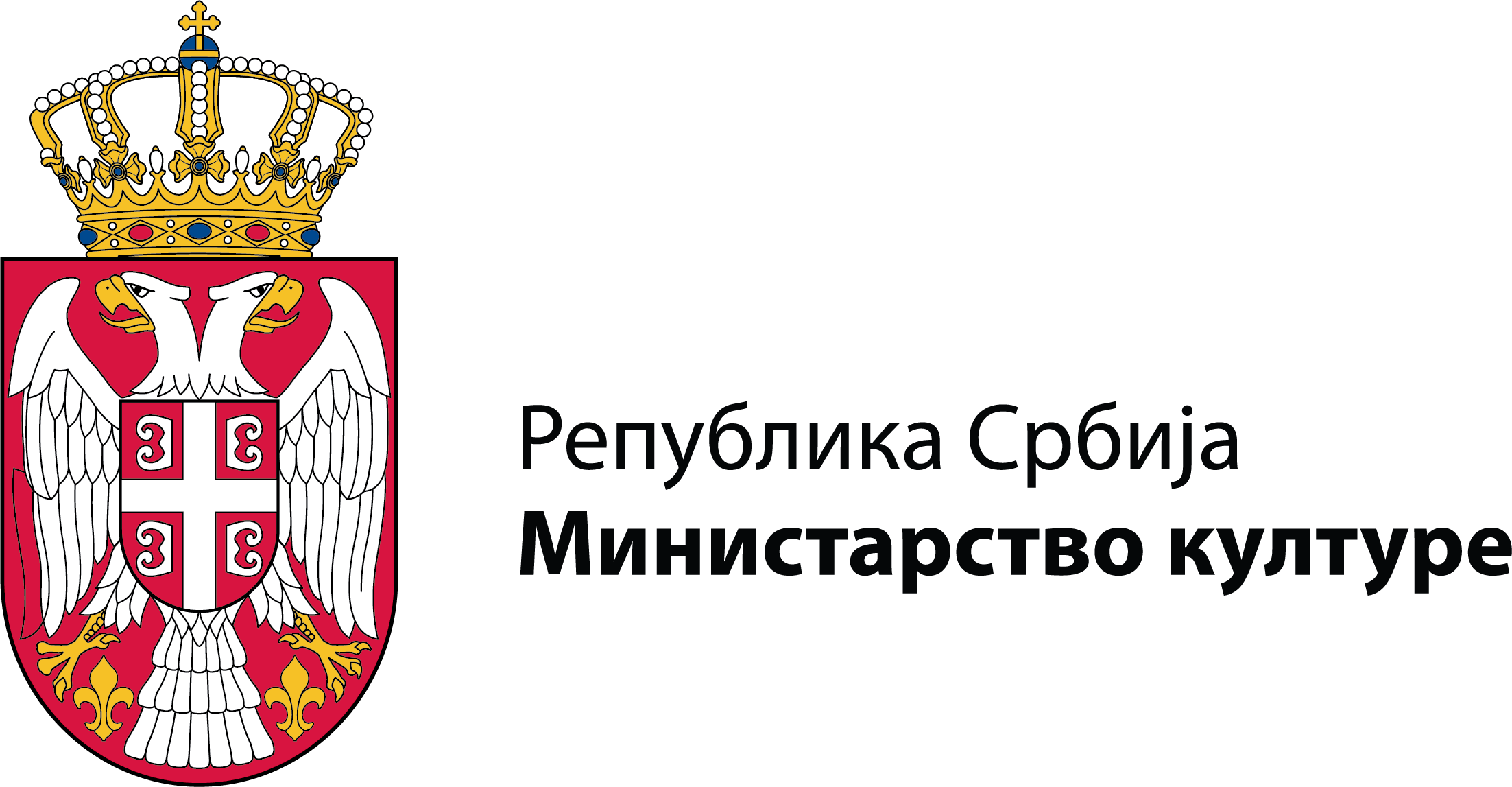This replica of one of the earliest graphic depictions of Šabac as an Ottoman fortress was created during the first felting colony held in Šabac, organized by the Ethno Network and NALED, with the support of the Embassies of the United Kingdom and Israel, and the City of Šabac, which served as host.
Nemanja Pajić, President of the Šabac City Assembly, emphasized the importance of local community involvement in the colony.
“We are proud that Šabac hosted the colony and that women from our local association ‘Kalinovac’ had the opportunity to learn and exchange experiences. The map replica, as a result of that cooperation, will become a gift to the city and a foundation for developing an authentic souvenir,” said Pajić.
Violeta Jovanović, President of the Ethno Network, highlighted the significance of collaboration between local guardians of tradition and international artists.
“As part of the felting colony in Šabac, a replica of the city’s map from Schedel’s 1493 chronicle was created. This work was a joint effort between members of the Ethno Network and experts in textile design and conservation, under the artistic guidance of Sali Crystal. Through this project, we take a new step toward creating contemporary art inspired by heritage,” stated Jovanović.
Israeli artist Sali Crystal Kramberg, who led the masterclass during the colony, shared her impressions, saying it was an honor to work with the Ethno Network and NALED.
“It was a great honor to be part of the Serbian community, which welcomed me warmly. Inspired by old maps, I wanted to create a historical reconstruction infused with love, compassion, and collective creativity. Art has the power to connect people and cultures,” said Kramberg.
The map was created in collaboration with felting artisans from associations in Sremska Mitrovica and Loznica: Anica Jelenković, Olgica Savić, Ljubica Tomašević, Ljiljana Žderić, Jelena Protić, and Jadranka Baranac, with professional support from textile designers and conservators David Đorđević and Jelena Bojović.

